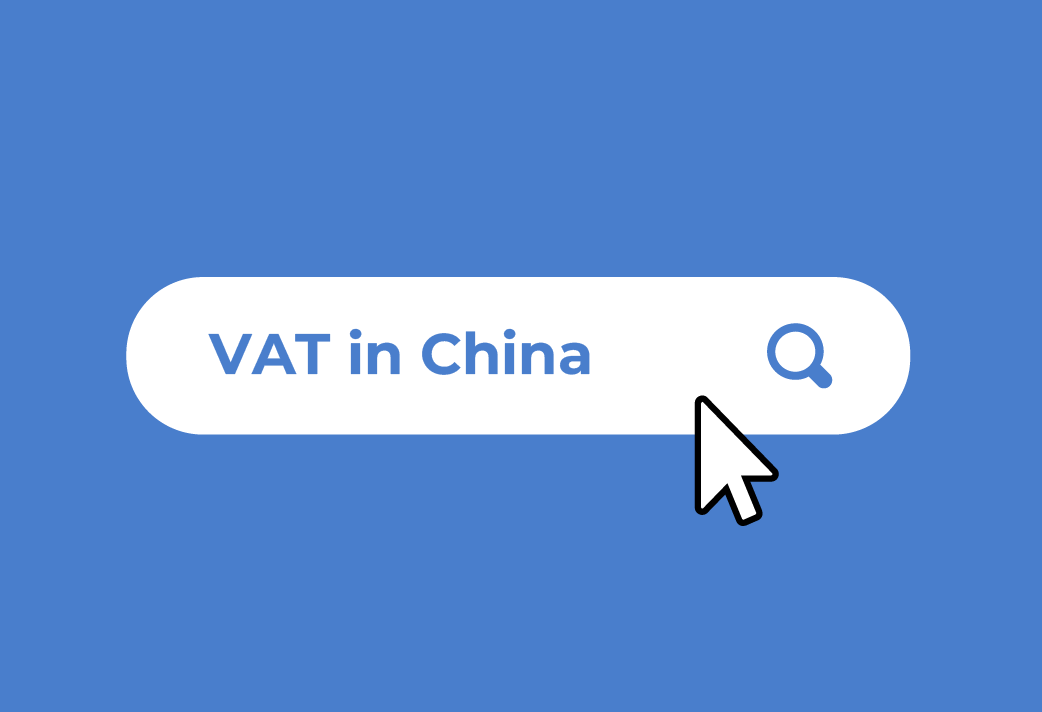VAT is considered a neutral tax in China that allows businesses to deduct contributions made on purchases or transactions linked to their activity from their own corresponding VAT rates. In China, there are two groups of VAT payers: general contributors and small contributors. These groups are predetermined depending on their annual sales. Small taxpayers benefit from a lower tax rate, but general taxpayers are able to deduct input VAT from output VAT.
Here, we give you a detailed rundown of VAT and payroll requirements in China to ensure you stay compliant with every local law.
What level of VAT is applicable to an invoice?
VAT rate is assessed based on the nature of the activities, such as:
- 13% for general trading
- 6% for services
- 3% (simplified small-scale VAT)
- 9% for Telecommunication and Agriculture
As a system that is used to track payments and prevent tax evasion, it is important for all businesses working in China to understand the two different types of fapiao.
Changes to VAT policy in 2017
In 2017, the Chinese tax administration announced a policy that affected the fapiao structure. The policy, which came into effect on 1 July 2017, increased the requirements necessary when taxpayers request a fapiao. Under the previous system, taxpayers were only required to provide their company’s full name in Chinese. However, the new policy mandates taxpayers to provide further details.
The 2017 policy also outlines the measures to be taken by service providers in order to prepare for the legal change, to avoid litigation and to be compliant. On the one hand, it’s the responsibility of employers to ensure that their HR and financial departments inform employees of new regulations and procedures. On the other hand, service providers must coordinate their systems in order to fully comply with the new VAT policy.
China: Changes to VAT policy in 2019
On August 13th 2019, the State Administration of Taxation (SAT), responsible for the collection of taxes and enforcement of state revenue laws, announced that all small-scale taxpayers, regardless of their industry, are now able to issue their own Special VAT fapiao.
Under the previous system, this category of taxpayers were required to ask the tax bureau to issue them on their behalf, creating administrative work for both the business and the tax bureau. This new policy is welcomed not only by small-scale taxpayers, but general taxpayers too who will be able to more easily obtain a Special VAT fapiao from business partners.
Understanding Chinese VAT: What is a Fapiao in 2023?
The Fapiao invoice system is a key component of China’s tax law. The term ‘fapiao’ is a Chinese word that refers to an official document that serves as proof of purchase for goods and services. This receipt is not only used by businesses and taxpayers to fulfil the legal standards required by the Chinese tax system, but is also used to track transactions between companies. A company can only issue a fapiao if a transaction is within the operational limits of a business.
It’s important to mention that a fapiao is not the same as an ordinary receipt. This is due to the fact that a fapiao is only valid if it is printed on special paper provided by the Chinese tax authorities. Only the State Administration of Tax (SAT) prints, distributes and administers fapiao.
If a company uses another type of paper, the Chinese tax authorities will most likely not recognize it as a legitimate fapiao and will therefore not offset VAT deductions.
There are 2 main types of FAPIAO in China:
- The special VAT FAPIAO
- The general VAT FAPIAO


SHARE